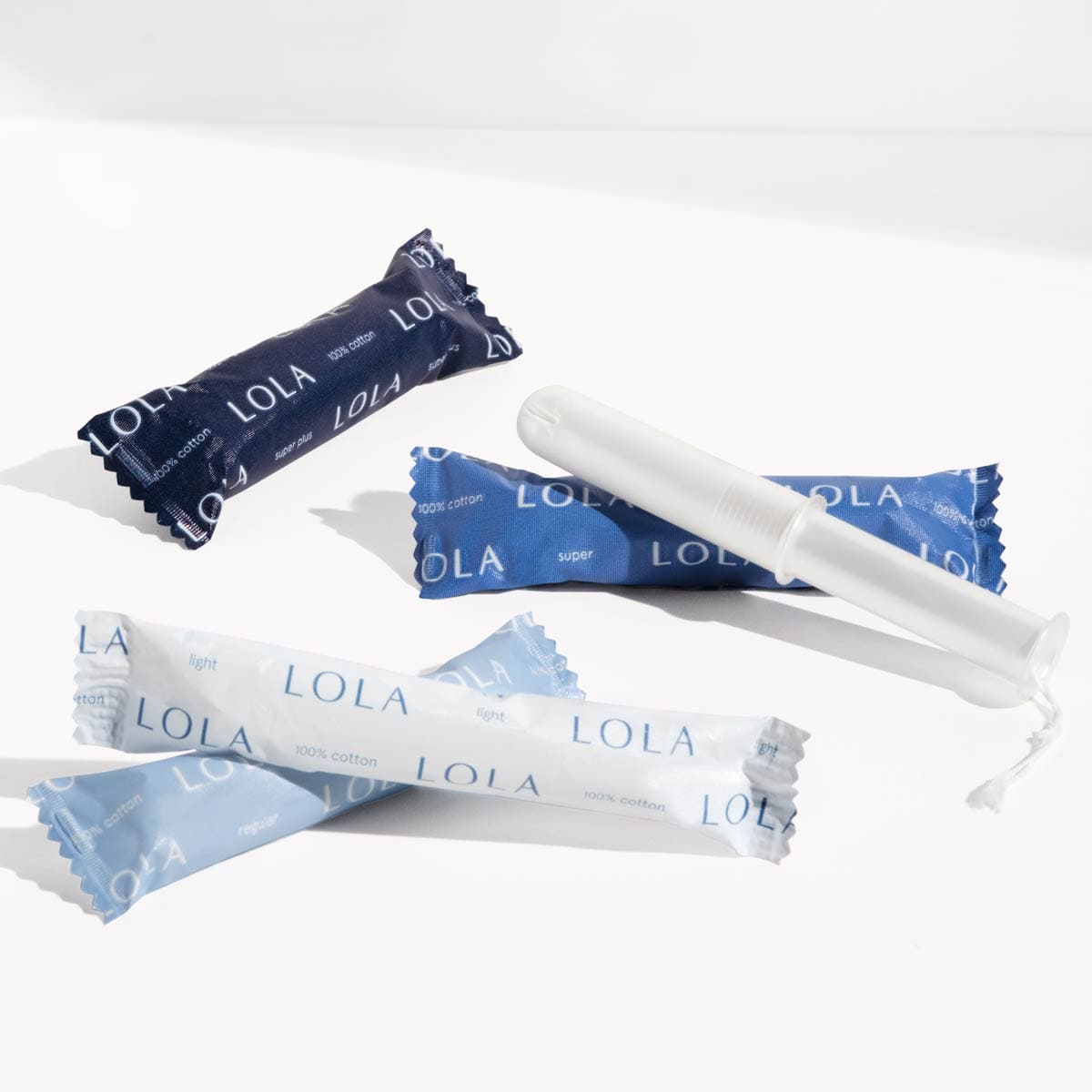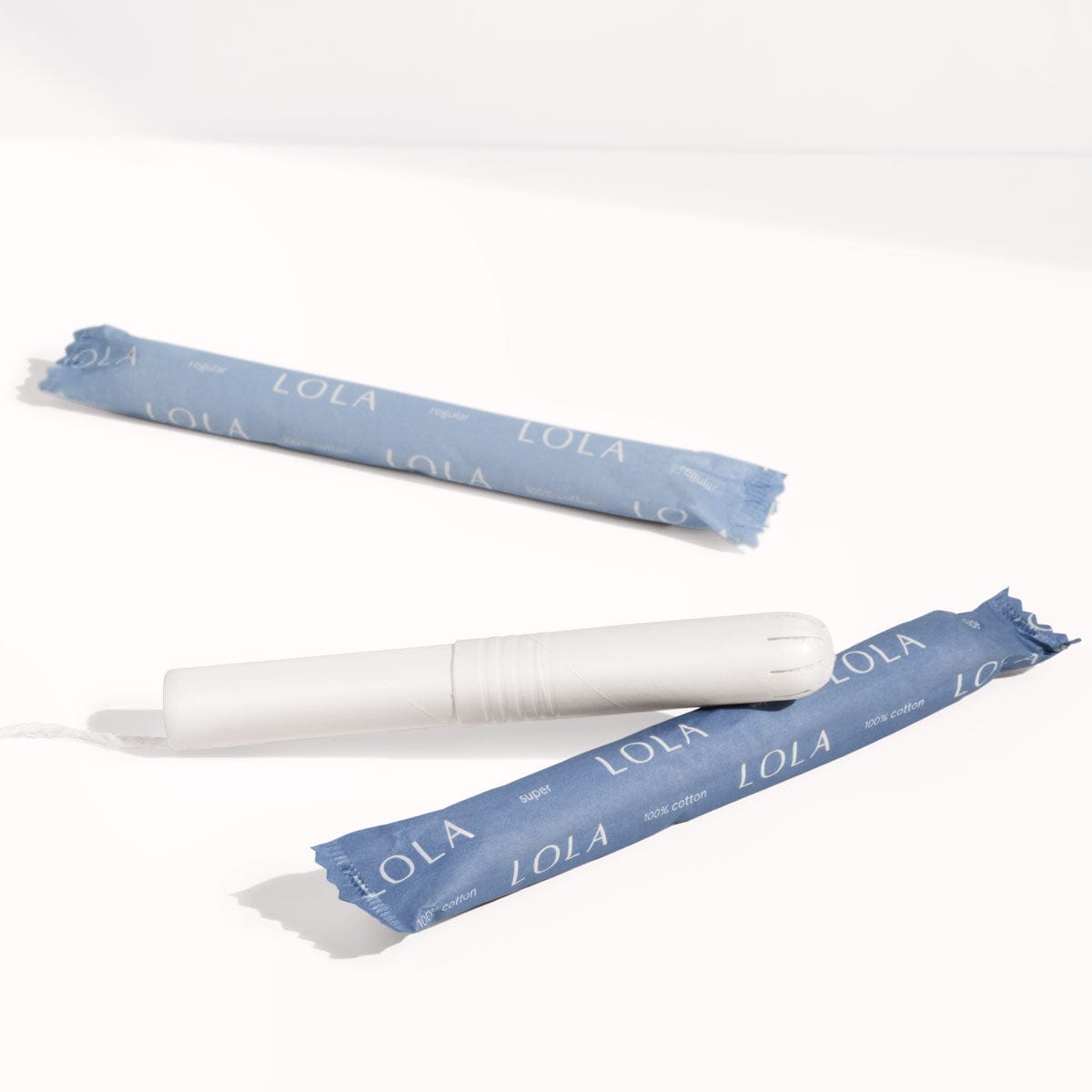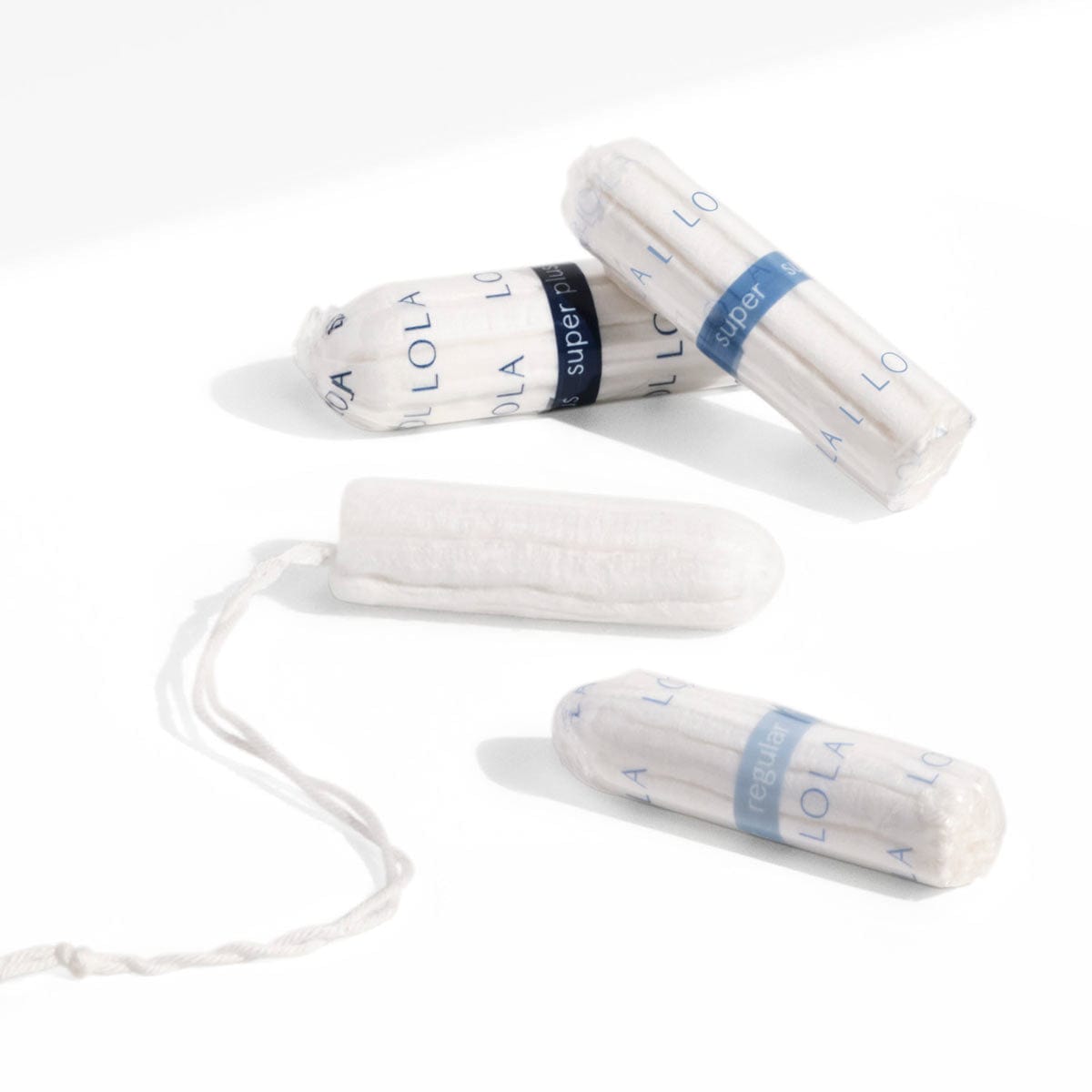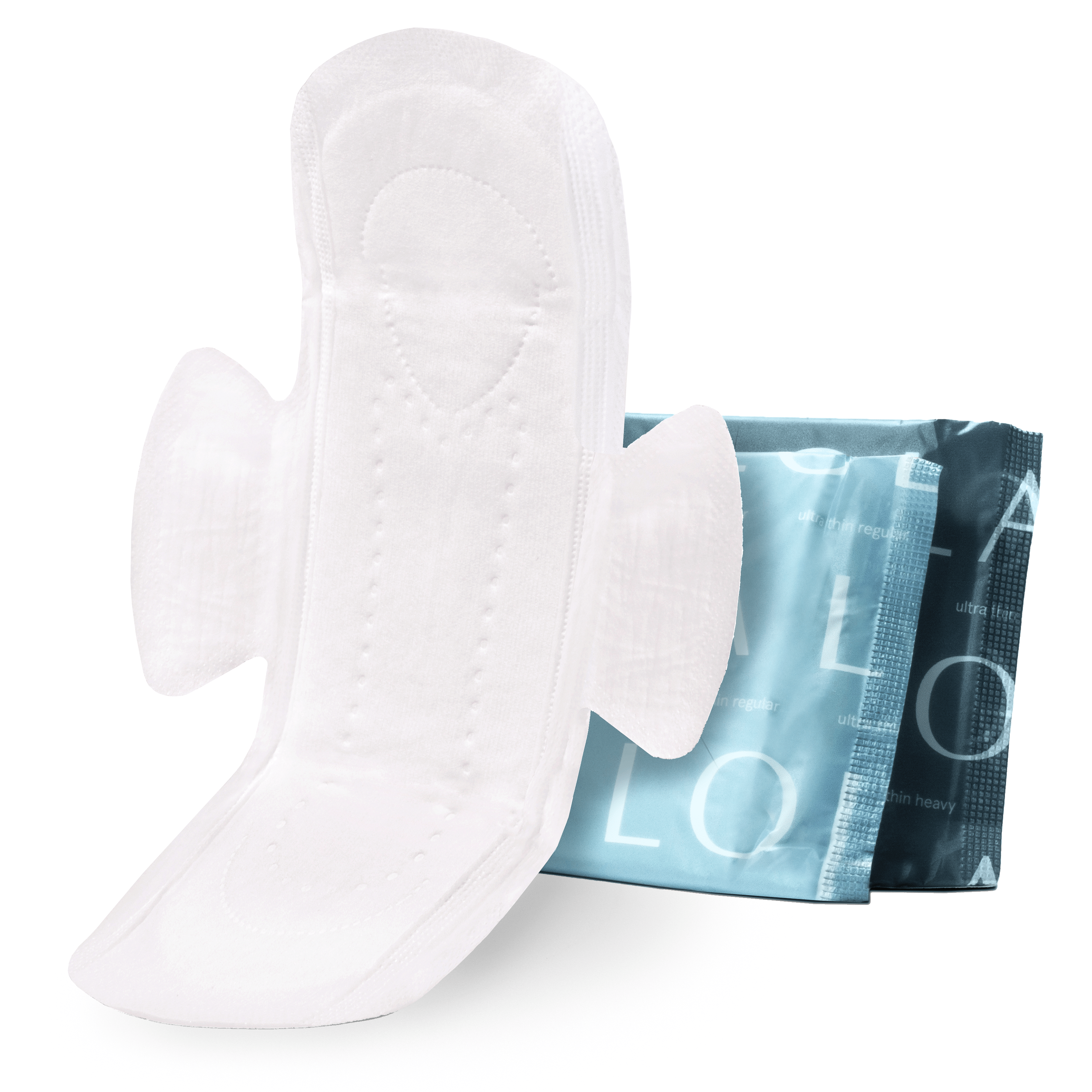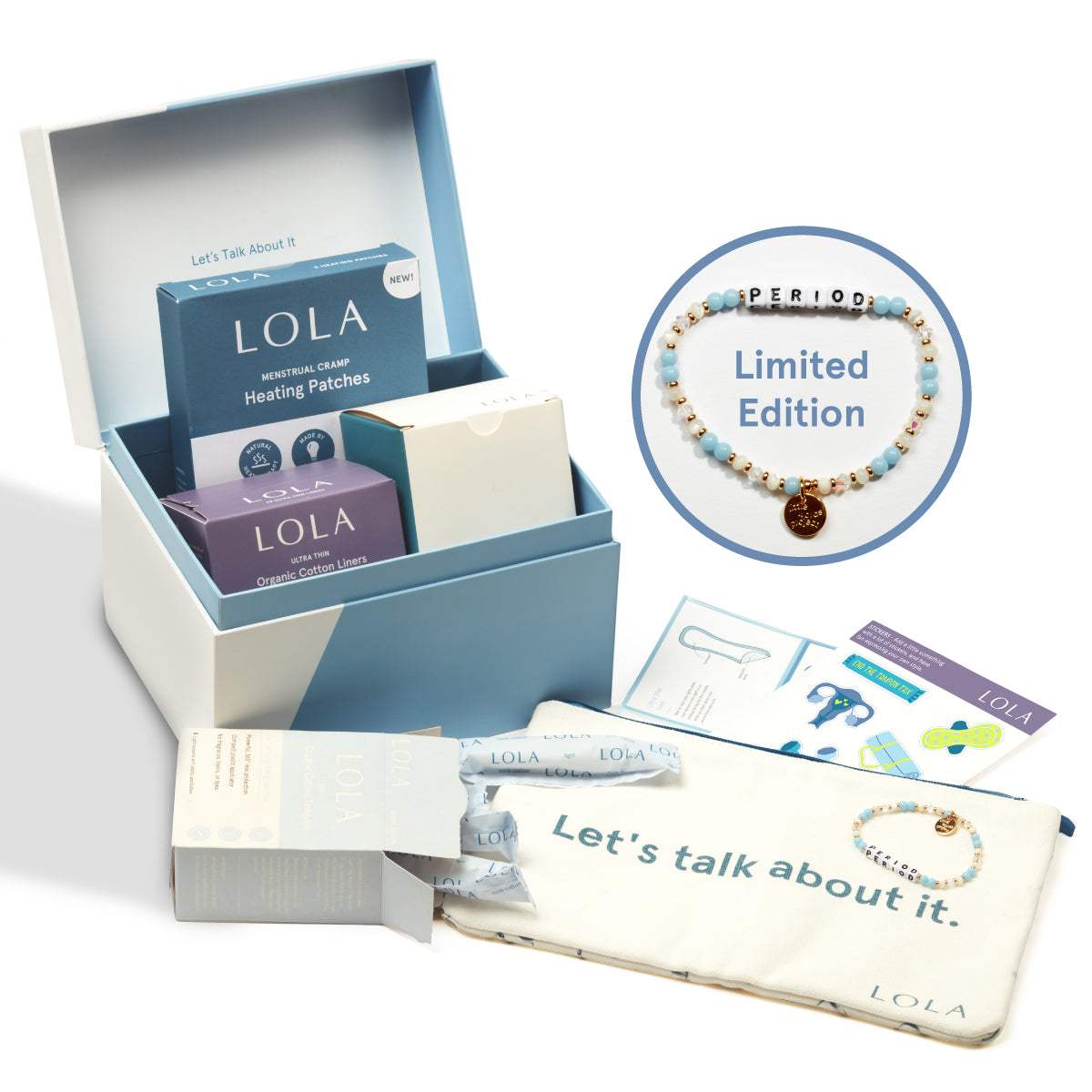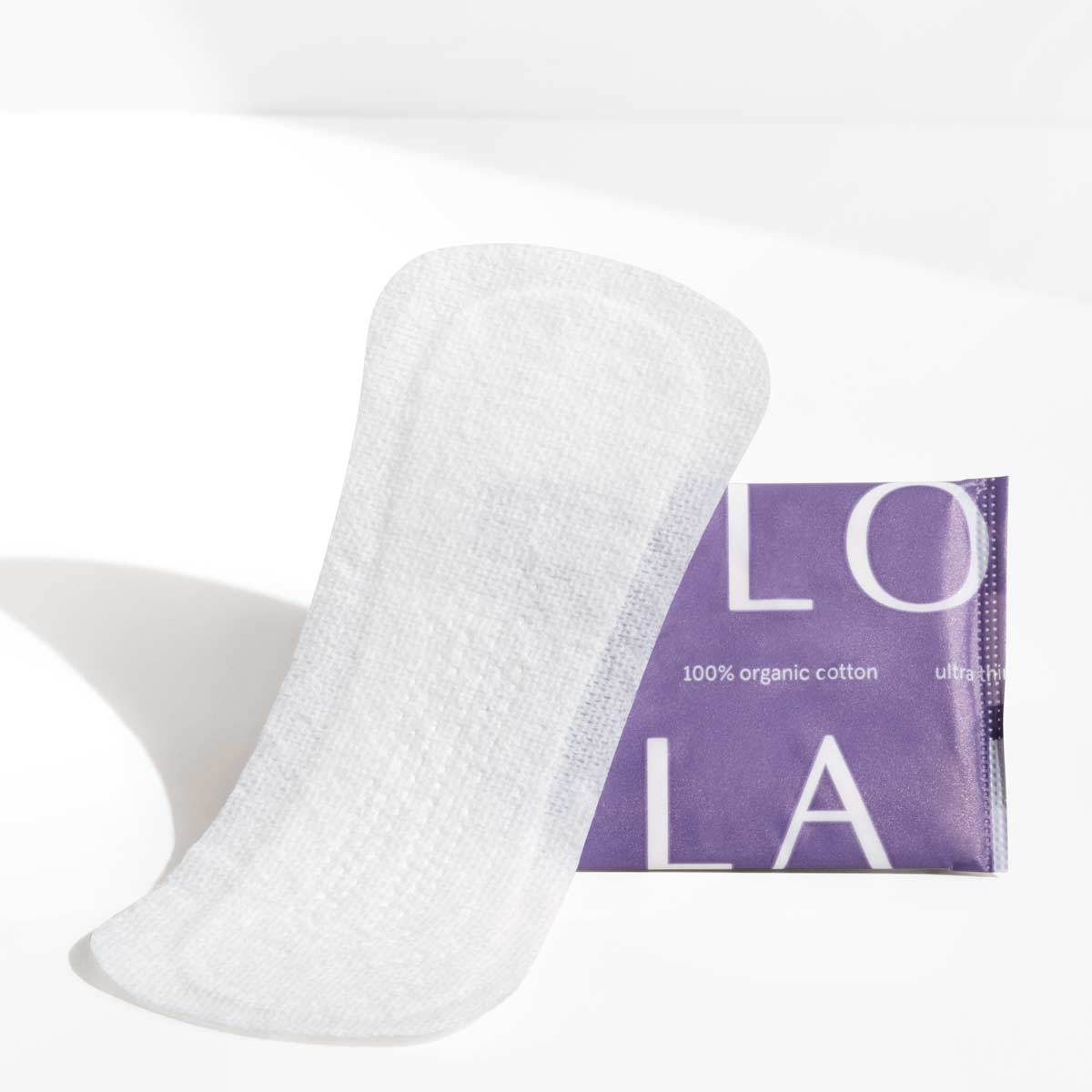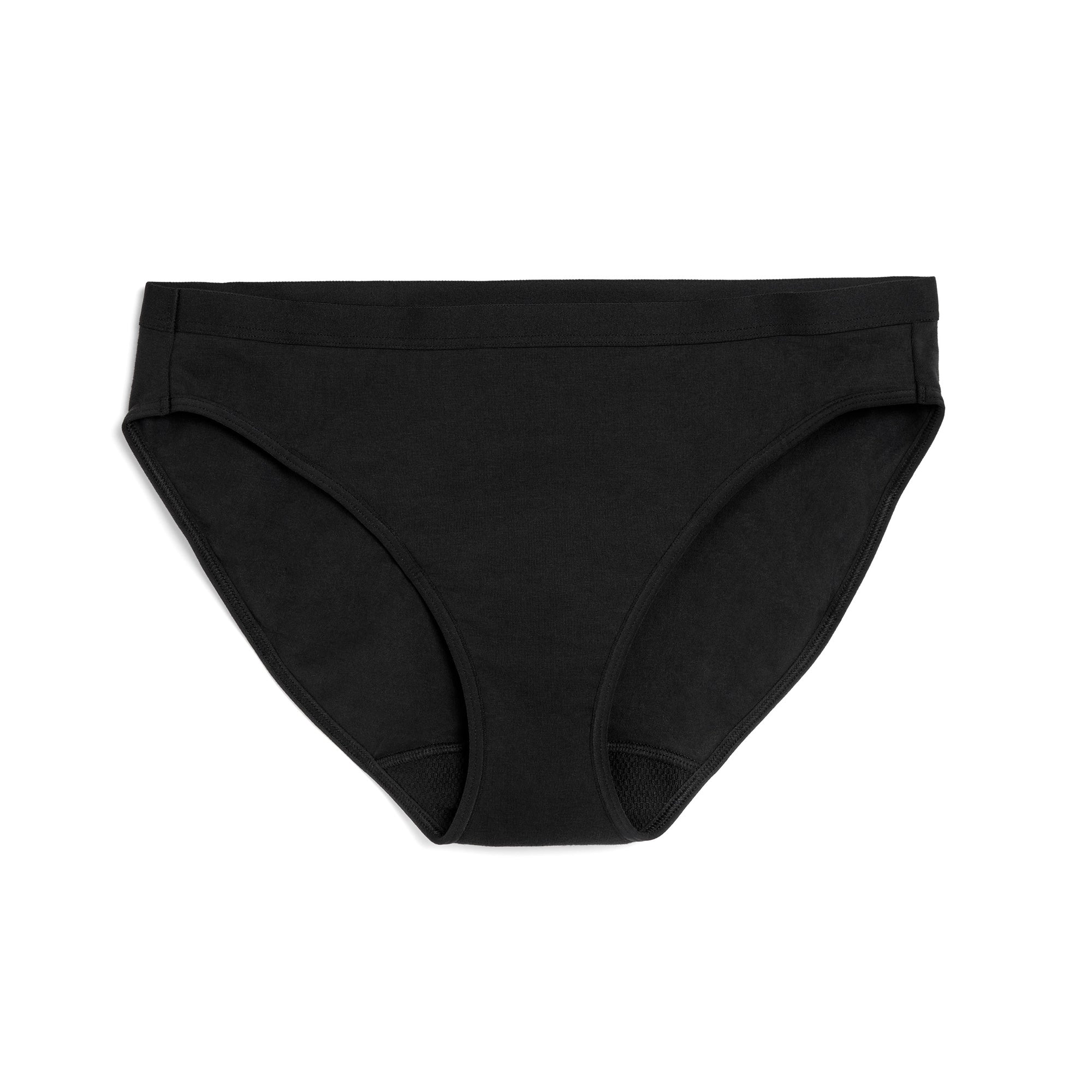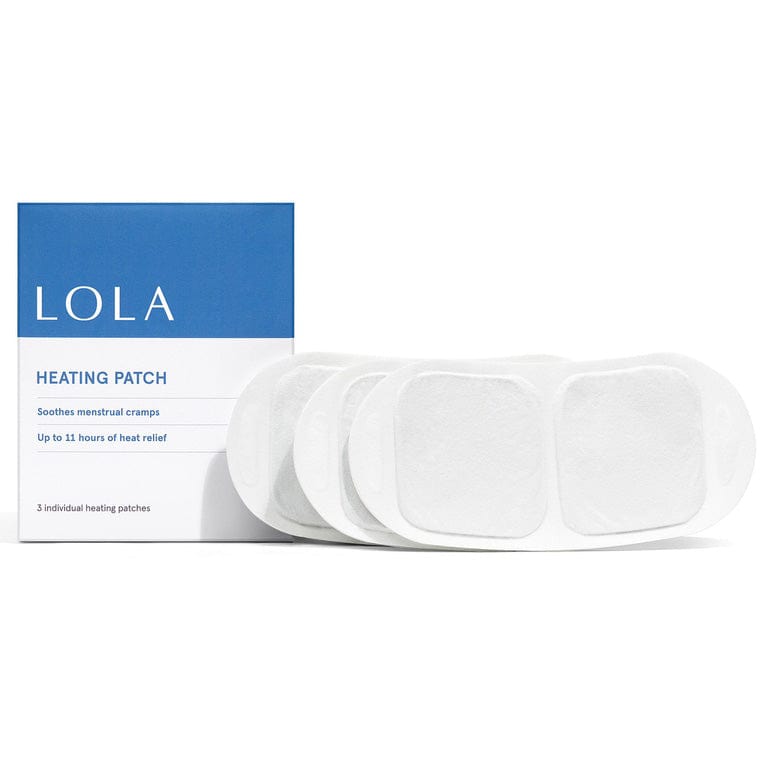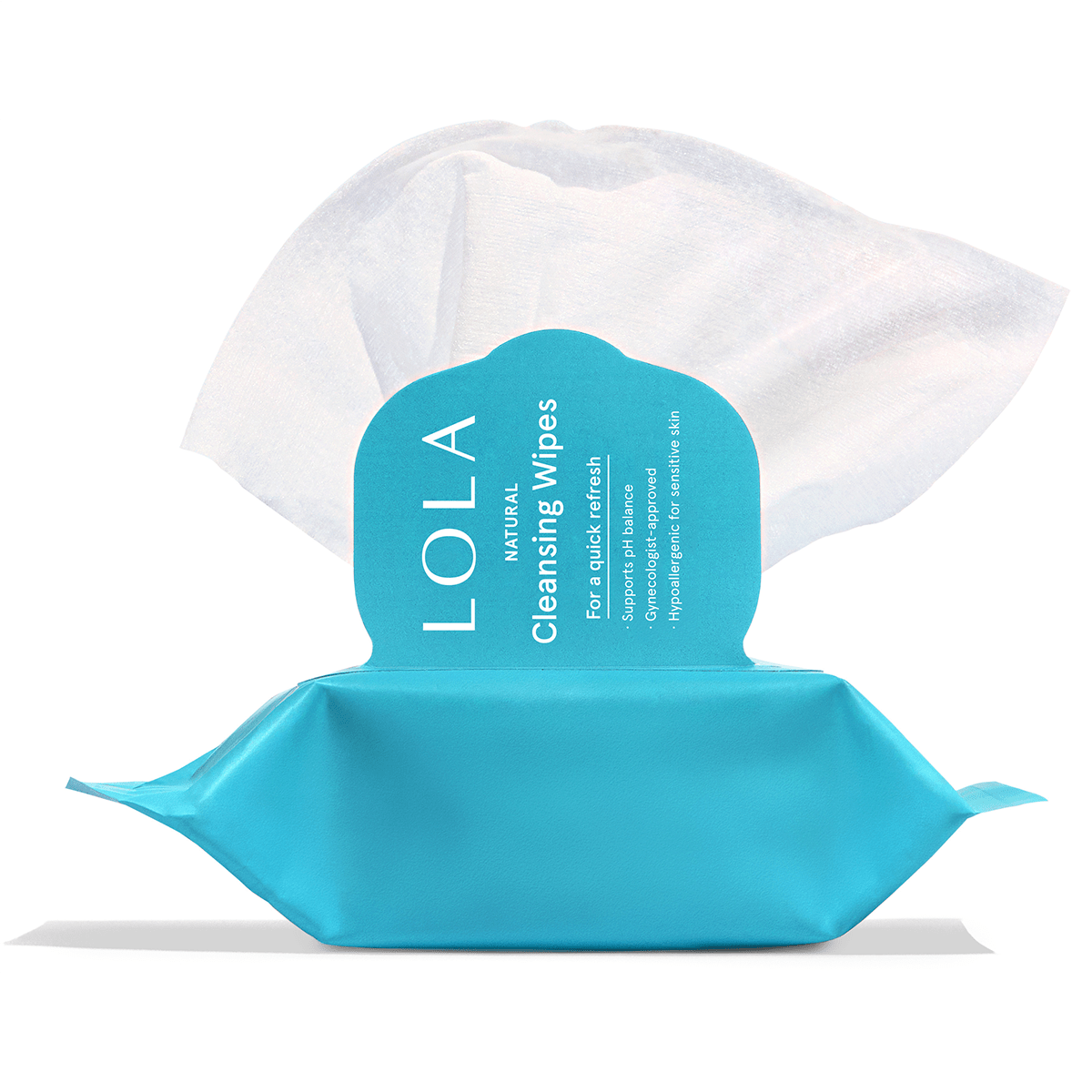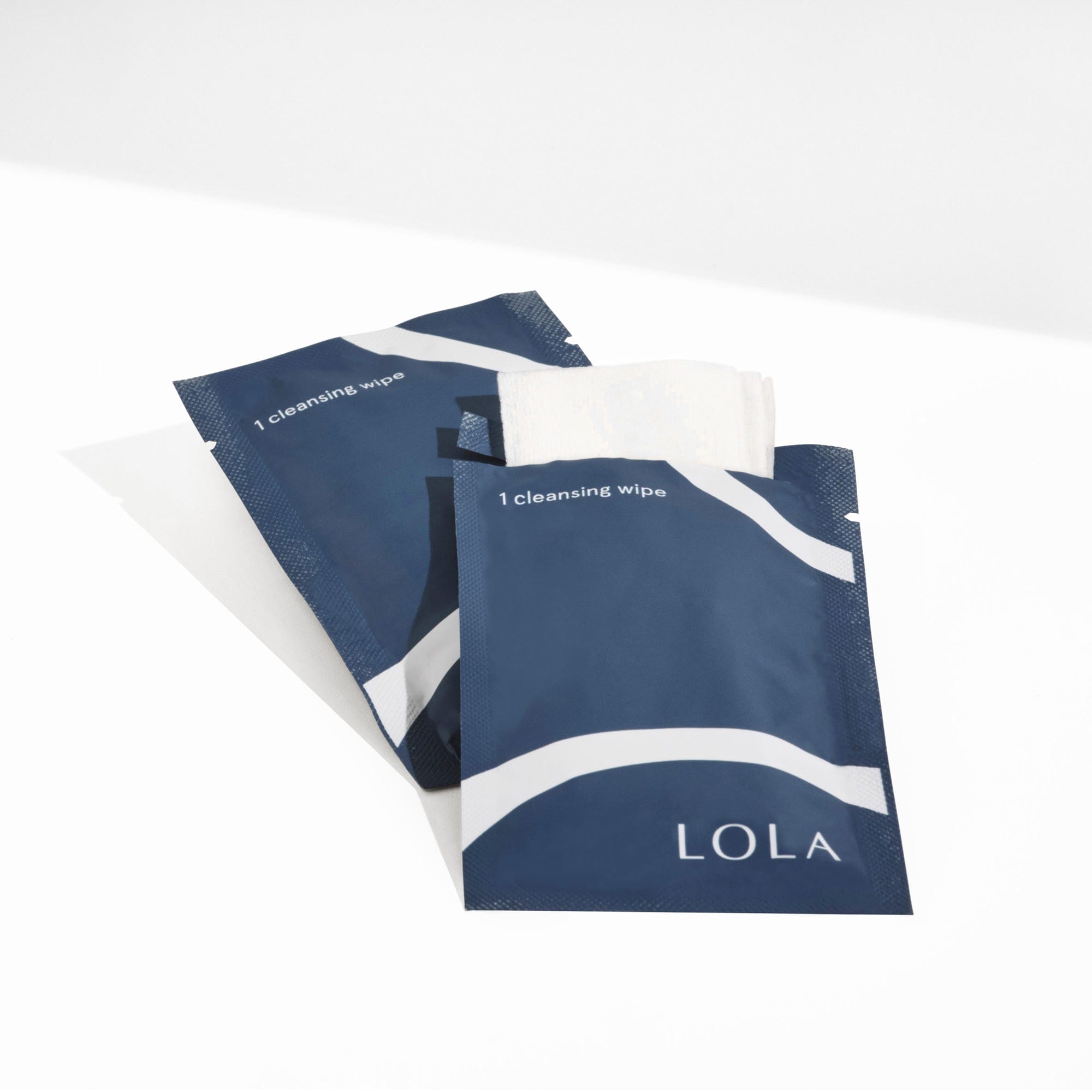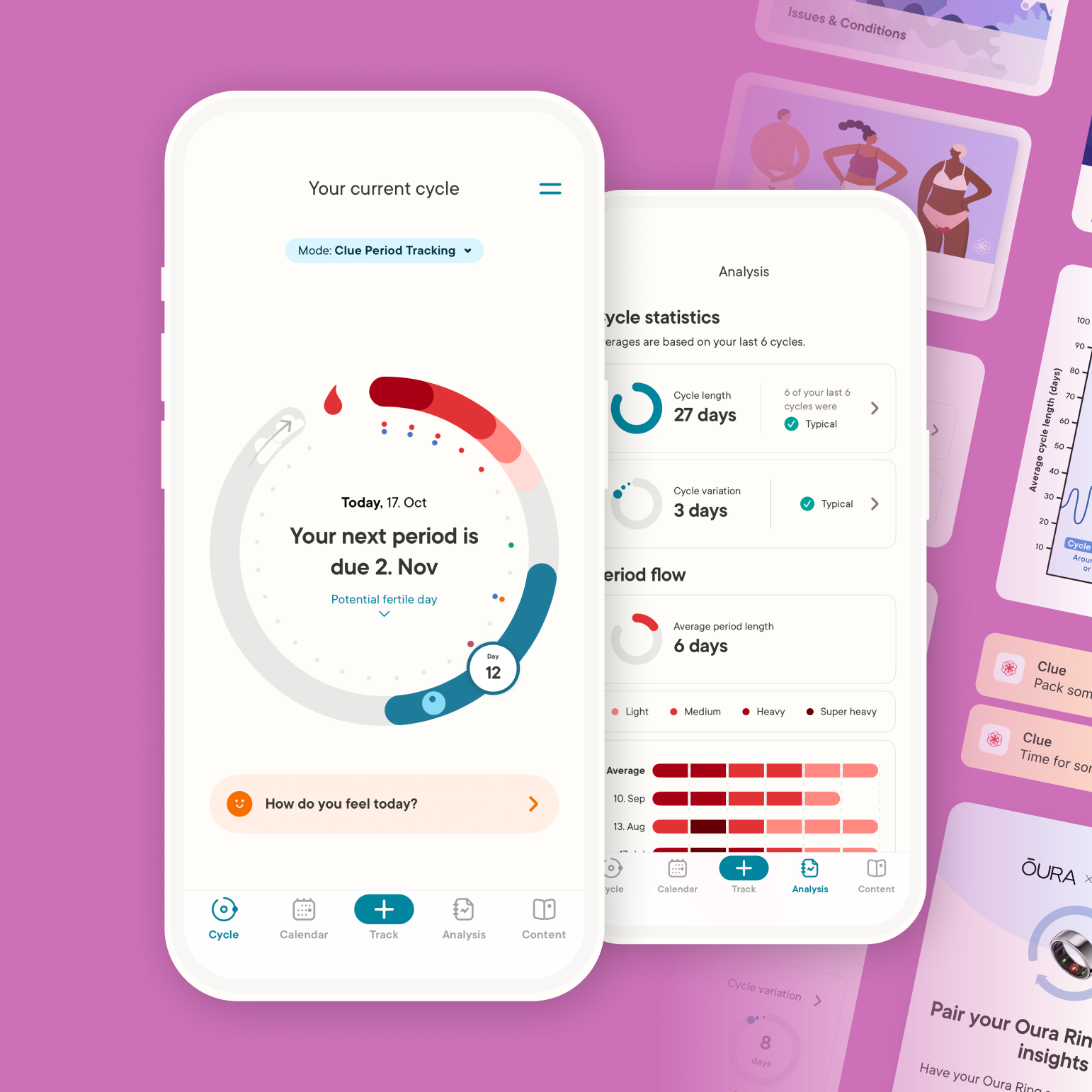For many menstruators "especially in the United States where tampons and pads make up the bulk of our "how to period" curriculum" the thought of using tampon alternatives, like a menstrual cup, can feel completely foreign and even daunting. A few FAQs that may have run through your mind:
- How does it even work?
- Will it get stuck?
- Will I feel it all day?
- Can I wear it at night?
- Isn't it messy?
- Literally how?
We've all been there, and these are all fair questions to be asking. But there's no need to be afraid! In many ways, menstrual cups can be just as easy to use as both tampons and pads.
In this article, we're hoping to shed more light on how to use a period cup, dispel common misconceptions, and lay out some pros and cons to help you decide whether using a menstrual cup is the best move for you and your period.
How does a menstrual cup work?
In short, menstrual cups are flexible bell-shaped cups (for lack of a better word) that collect blood during your period instead of absorbing it. They're typically made of silicone or rubber and come in various sizes to accommodate the shape of your vagina, height of your cervix, and the heaviness of your flow.
Once you insert a cup into your vagina, it stays put until the next time you empty it out " the time range can vary depending on your personal menstrual flow. It's recommended that you don't leave your menstrual cup inserted for longer than 12 hours at a time.
Why to use a menstrual cup
There are many benefits of using a menstrual cup, on both a personal and larger environmental level. In a practical sense, cups allow more time between emptying and changing. You can expect to empty your cup 2-4 times a day depending on your flow, meaning less time thinking about your period and more time checking off your many to-do list items.
Once you find the right size cup for your body, they're also super comfortable. If it's inserted properly (more on that below), you'll barely be able to feel the cup if at all. Its flexible fit contours to your vagina and movement.
From a sustainability standpoint, the long-term usage of menstrual cups is an eco-friendly win for Mother Earth. Using a menstrual cup creates less landfill waste (since you empty your period blood into the toilet and reinsert the cup), and their longevity means you won't need to buy a new one anytime soon. How long do menstrual cups last? LOLA's menstrual cup lasts up to 10 years! This also means saving money and many trips to the drug store in the long run.
How to use a period cup
First things first: Like any new routine, using a menstrual cup takes practice " so don't get discouraged if it takes you time to get used to it! Every body is different, so what may work for one person may not work for you. Experiment with different insertion methods, figure out your favorite way to clean your cup, and get to know your body.
When shopping for your menstrual cup, make sure you look at the sizing guide provided to find the best fit for your body. Cups usually come in a couple different sizes: generally the smaller size is best for women who have light to medium flows and/or have never given vaginal birth before, and the larger cup is well suited for those who have heavy flows and/or have given vaginal birth.
Here's how to get started with your cup:
- Once you have your cup, sterilize it by boiling it in hot water for 10 minutes. Be sure to cool it completely before use.
- Wash your hands.
- In a sitting or squatting position, fold the cup and then insert it into your vagina while folded. The stem should be even with your vaginal opening.
- Gently release the cup, allowing it to pop open inside your vagina.
- Holding the base of the cup, rotate it 360 ° in either direction to create a seal against your vaginal walls. You can use your finger to feel the outer ring of the cup and make sure there are no gaps or possible areas for leakage.
- When it's time to empty, pinch the ribbed base above the stem of your cup to break its seal, and gently pull to remove. Wash and repeat.
Prefer a visual guide? We break down insertion and removal here:
You can also check out LOLA's guide to using a menstrual cup for step-by-step details and tips on inserting, removing, and cleaning your menstrual cup.
How to change your menstrual cup in public
You might be wondering how this all works outside the comfort of your own bathroom. Changing a menstrual cup in a public or shared bathroom requires a little planning, but once you get into the habit of it it'll become second nature.
Always make sure you wash your hands before touching your vagina. Once you remove and empty your cup in the toilet, you have a few options: if a sink is available, rinse then reinsert the empty cup into your vagina. If you don't have access to a sink, you can give the cup a wipe down first, or simply reinsert it. Portable, cleansing wipes are a great way to easily freshen up your vaginal area during cup removal and insertion in a bathroom stall. Afterward, just throw the wipe away and you're ready to go.
Deciding whether a menstrual cup is right for you
Before you make the switch to a cup, it's important to weigh the pros we listed above against the cons.
Firstly, there's a learning curve associated with using a period cup for the first time. It might take a few cycles to really get the hang of it, so if you're thinking of switching to the cup, be aware that it may require some practice until you find the methods and routine that works best for you. Pro tip: If you're nervous about leaks happening while you're getting acquainted with your cup, try wearing it with a liner for the first cycle or two.
Also, keep in mind that the first cup you try might not be the absolute perfect fit, and that's totally normal! You might want to try other sizes or styles. Finding the right fit can take a bit of experimentation, which can come with added cost.
With menstrual cups and any other period product, the decision is purely personal. To each their own! While cups are by no means the best option for every menstruating human, they're an eco-friendly option that may be worth exploring if you've been curious about making the switch. Whatever route you decide to go with, we hope it's the best one for your unique body.
